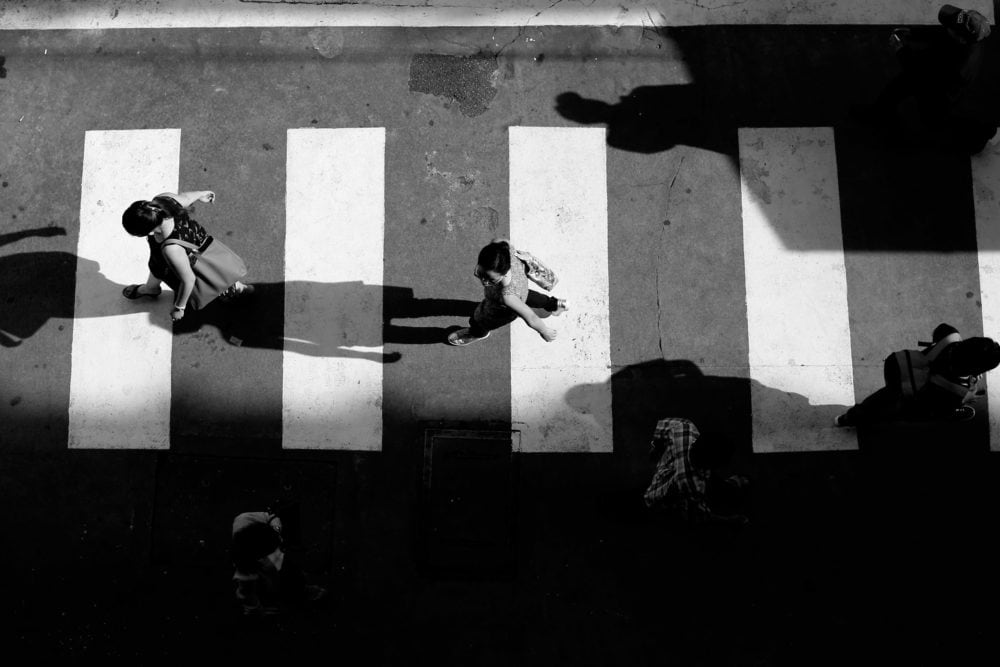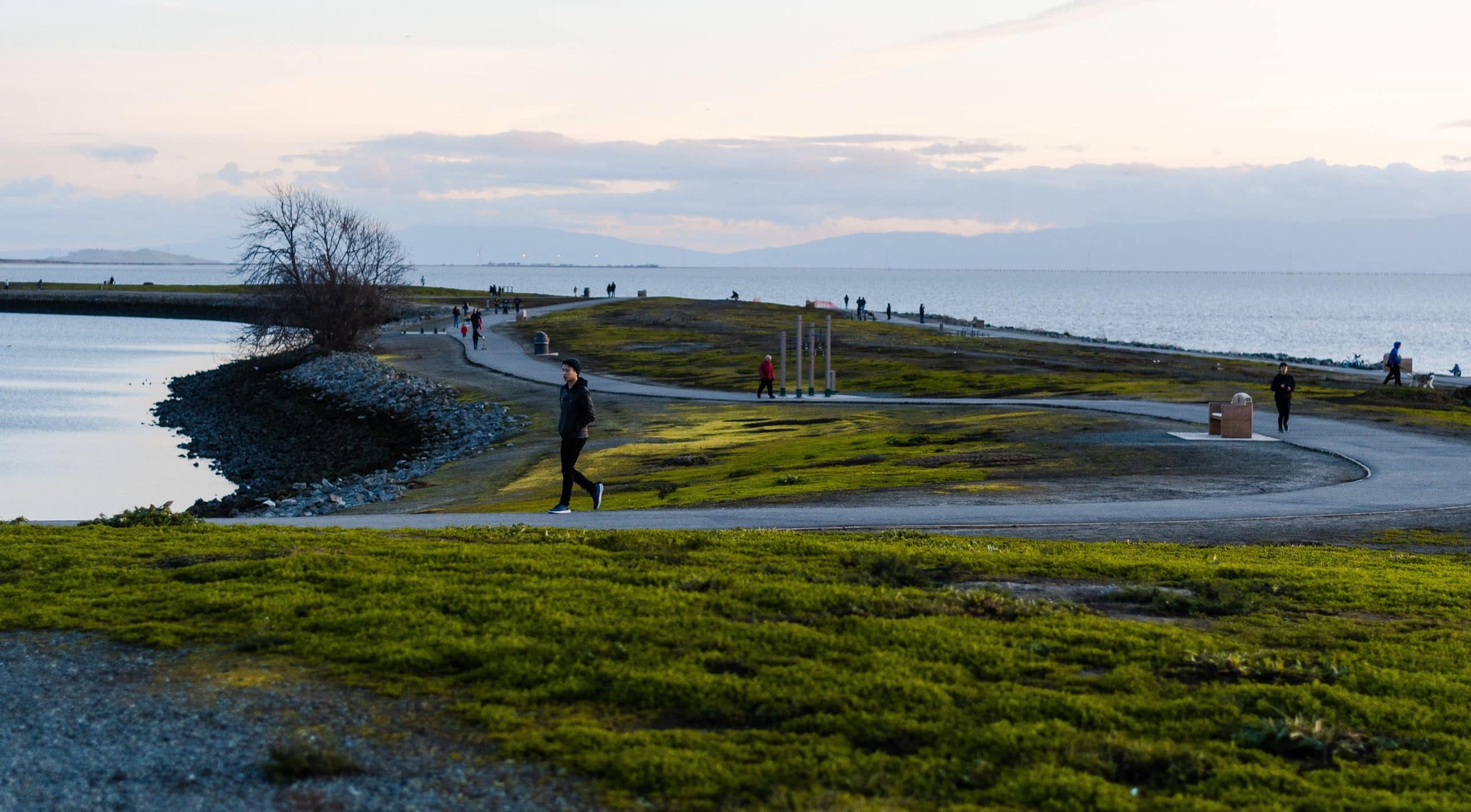Design
What is Design Thinking & How Can it Improve Our Future Cities?

When envisioning the future of urban infrastructure, the most durable element of the places we live and love is not necessarily the most cutting-edge trends nor the flashiest new technologies — rather, it is a human-centric approach that breathes a sense of livability to a space.
Design thinking is a problem-solving approach to creating just about anything, and centers on the most valuable way of solving a problem. This concept—which has, in various iterations, been around for hundreds of years—puts the user at the forefront of the design process, challenging designers, innovators and architects to come up with the best possible solutions.
The Hasso-Plattner Institute of Design at Stanford University, also known as d.school, defines design thinking by a five-phase model. The Maximus team often considers this model when approaching any new project. The phases are as follows:
- Empathize with the end user
- Define their needs, predict potential problems
- Ideate solutions to help solve those problems and meet those needs
- Prototype by starting to create and design
- Test to make sure the ideas work
In our case, the “users” we empathize with are current and future residents in our communities. Though architectural innovation and unique style are always top of mind, we believe the most important consideration when developing a multi-family residence should always be how well people will live there.
This means constantly asking what people are looking for most when considering a new place to call home. In every region, city, neighborhood, that answer may vary greatly. At Maximus, we don’t do things the way they’ve always been done. There’s something to be said for taking inspiration from what already exists, but we don’t let that limit our approach.
As an overarching theme, there are “big three” human needs that factor into every multi-family project: culture, wellness and quality. People want to feel connected and have their basic needs met. Our approach goes beyond making a beautiful living space to creating an ideal overall lifestyle environment where individuals can thrive.
Design Thinking x Our Future Cities
With the exception of master-planned communities, most modern cities were not built with real people at the forefront of design. Buildings and infrastructure were created to fulfill an urgent need or to make a profit.
Lifestyle changes precipitated by the COVID-19 pandemic have encouraged many to reevaluate their needs, desires and the expectations of the communities they call home. This recalibration trickles down into just about everything. In order for our future cities to succeed, it is imperative that businesses, governments and neighborhoods focus on the needs and desires of the individual.
“Foregoing the need for social consciousness within a business and instead focusing solely on the commodity will have devastating ramifications for many small and institutional owners/managers,” says Maximus COO Fred Knapp.
“At Maximus, we welcome the challenge and look forward to operating in this new landscape.”
With design thinking at the forefront of every aspect of a city—infrastructure, residences, parks, schools, shops, etc.—we’ll see cities that are truly built for the people who live there. New construction and improvements will be designed to make life easier, more enjoyable, more intuitive for a city’s residents.
share story
